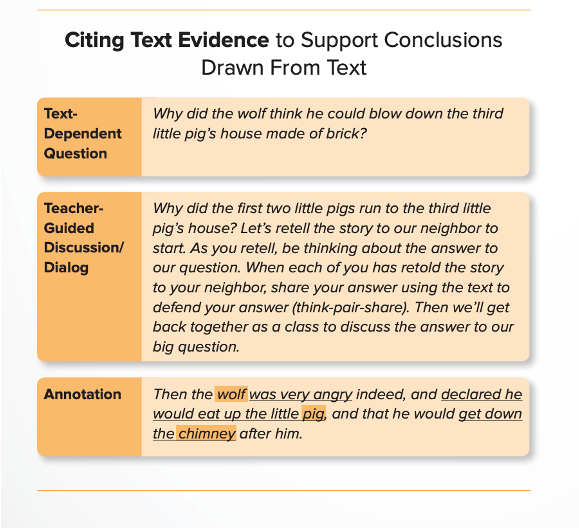
How Do We Know Our Students Are Learning? And If Not, What Can We Do about It?
2-min. read
3-min. read
By: Kandra James

You see it in your classrooms every day.
When your students repeatedly read and discuss a text, their understanding improves.
But close reading, which is now required for Grades K–12 English language arts, is a structured process that can help students understand increasingly challenging texts independently—an essential skill for post-secondary success.
While close reading is not new, there’s been a lot of confusion around what it is and how to teach it. Let’s break it down.
Close reading includes the following steps:
Let’s take a closer look at each of these.
First, you’ll want to encourage your learners to focus explicitly on what a text says. Naturally, young readers will consider their own background knowledge about a topic when doing this, but by focusing on the rich nuances of the text, they will develop close reading habits that will ultimately help them comprehend the text and develop knowledge independently.
Next, your readers will need to understand how words, sentences, and phrases connect to one another. Once they have that down, they need to know how ideas in paragraphs or larger texts are crafted and structured. Only then will they be able to have a greater understanding of the text overall.
According to Reutzel & Hollingsworth, using systematic instruction of the following 10 local inference types significantly improved third grade students’ abilities to make inferences from text. You can start with basic questions (1–3) and move on as your students gain understanding and confidence.
When reading a text closely, students also need to learn how to make global inferences to determine the text’s organization or structure. Helping your students reread to hone this skill is critically important for improving comprehension. Without recognizing and using text structure, readers often fail to identify the key ideas represented in texts or recognize how they fit together.
The standards require students to use evidence from the text to support their interpretations and conclusions. To help your students cite specific evidence, try the following comprehension strategies:
The figure below shows an example of each using the familiar tale of the Three Little Pigs.

For best results, students need to write down and talk about what they have learned. They need to combine this learning with their background knowledge, link the new information to similar texts they have read, and merge the new knowledge acquired from the text into their existing network of knowledge.
You can help put your students on a path to a lifetime of reading success by using close reading in your classroom. To find out more, check out The Habits of Close Reading: Renewing Our Focus on the Essential Skills for Comprehension by Dr. D. Ray Reutzel.

2-min. read

2-min. read

2-min. read